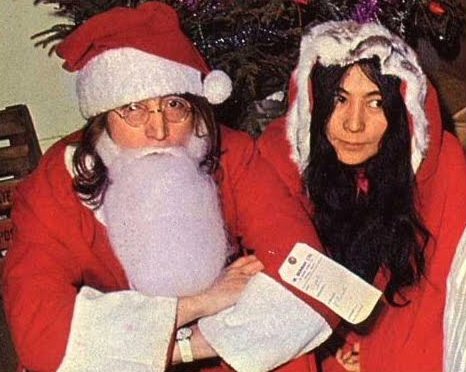Natalie Merchant was born October 26, 1963, in Jamestown, New York, the third of four children of Anthony and Ann Merchant. Her paternal grandfather, who played the accordion, mandolin and guitar, emigrated to the United States from Sicily; his surname was “Mercante” before it was Anglicized.
When Merchant was a child, her mother listened to music (primarily Petula Clark but also The Beatles, Al Green, Aretha Franklin) and encouraged her children to study music, but she wouldn’t allow TV after Natalie was 12. “I was taken to the symphony a lot because my mother loved classical music. But I was dragged to see Styx when I was 12. We had to drive 100 miles to Buffalo, New York. Someone threw up next to me and people were smoking pot. It was terrifying. I remember Styx had a white piano which rose out of the stage. It was awe-inspiring and inspirational.” “She [her mother] had show tunes, she had the soundtrack from West Side Story (Robert Wise, 1961) and South Pacific (Joshua Logan, 1958). And then eventually… she’d always liked classical music and then she married a jazz musician, so that’s the kind of music I was into. I never really had friends who sat around and listened to the stereo and said ‘hey, listen to this one’, so I’d never even heard of who Bob Dylan was until I was 18.”


























